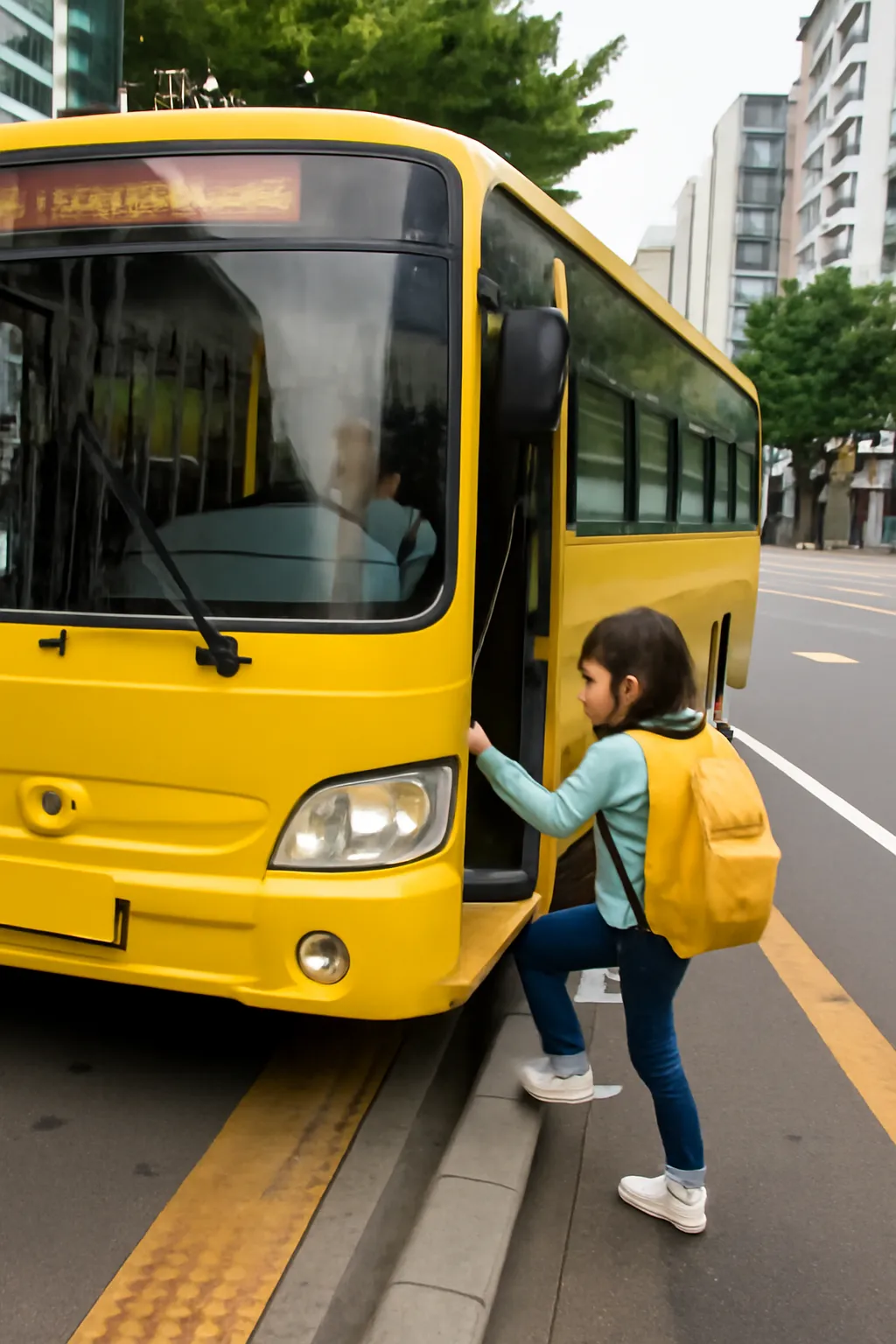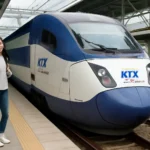What does it really cost to ride the school bus in Ulsan? Are the prices fair, and how do they compare to other cities? Let’s break down everything you need to know about Ulsan’s elementary school student bus rates, and why it matters more than ever.
Elementary school bus fare
When it comes to getting children to and from school safely, transportation costs are a serious consideration for many families. In South Korea, especially in urban centers like Ulsan, school buses are not free. Instead, they operate either under private contracts with schools or are coordinated via parent associations.
What is the average fare?
In Ulsan, the average elementary school bus fare ranges from 50,000 to 80,000 KRW per month, depending on the distance, frequency of use, and whether the service is managed privately or through the school. Some schools provide tiered pricing based on the number of stops or the neighborhoods served.
From my own experience helping my nephew enroll in an Ulsan elementary school, we paid 60,000 KRW/month for a round-trip bus service covering about a 6 km radius. The fee included morning pick-up and afternoon drop-off, five days a week.
Why do the fares vary?
The factors include:
-
Distance traveled
-
Fuel and maintenance costs
-
Type of service (full-day or one-way)
-
Number of students sharing the bus
-
Private contractor vs. school-operated buses
Each operator may set their own rates, and there’s no standardized fee across the city. However, most schools aim to keep the monthly cost under 100,000 KRW to remain accessible for the majority of families.
Optional services and added costs
Some services offer:
-
GPS tracking apps for parents
-
Safety attendants on board
-
Extra morning/afternoon runs for extracurricular activities
These can push the price slightly higher, but many parents are willing to pay for the added peace of mind.
더욱 자세히 알아보려면 아래 버튼을 클릭하세요.
Ulsan Elementary School Bus
Unlike in some rural areas of Korea where public school buses are subsidized or provided free of charge, Ulsan’s school transportation model is mostly privatized. This brings both benefits and challenges.
Types of buses
There are typically three models in operation:
-
School-owned buses Operated and maintained directly by the school.
-
Third-party contractors Hired by schools or parent groups.
-
Community-organized carpool buses Run by parents in cooperation with nearby families.
In my visits to schools like Ulsan Shinjeong Elementary and Namgu Daehyeon Elementary, I noticed third-party services dominate, often branded with bright yellow paint and displaying the school’s logo.
How is safety managed?
Given the high parental concern, most buses include:
-
Seat belts for each student
-
Daily sanitization protocols
-
Real-time tracking for parents
-
Experienced drivers with child-handling training
The Ulsan Metropolitan Office of Education also performs annual inspections on licensed school transport vehicles.
Service availability
Not every school offers a bus service. In areas with high density like Nam-gu or Buk-gu, the reliance on walking or city buses is still strong. Yet, for suburban or hilly neighborhoods, the school bus becomes indispensable.
더욱 자세히 알아보려면 아래 버튼을 클릭하세요.
Ulsan Elementary School Student Bus Rate
Now, let’s focus specifically on how the student fare system works, including any subsidies or assistance programs available for families.
Who sets the rates?
The majority of the pricing is handled by either:
-
School administration
-
PTAs or guardian councils
-
Private transport vendors
In certain districts, particularly low-income zones, Ulsan’s local government may offer subsidies or reimbursements. For example, families registered under the Basic Livelihood Security Program can apply for bus fee assistance.
Are there discounted rates?
While there’s no city-wide discount for multiple children from one household, some schools implement their own discounts such as:
-
10% off for the second child
-
Free service for children with disabilities
-
Reduced fares during school holidays
When I supported a family in Dong-gu, they received a 20% discount for their second child using the same route, negotiated directly through the school’s PTA.
Future outlook and reforms
With increasing public demand, there have been talks within the Ulsan Metropolitan Assembly to standardize fares across the city or even partially fund school transportation using municipal budgets. These efforts aim to bridge inequality and ensure safety for all children.
Community feedback and concerns
Surveys conducted among parents show:
-
72% are satisfied with the current service
-
65% feel it is too expensive
-
80% prioritize safety features over price
This suggests a high level of trust in service quality, but also a clear desire for more affordability.
더욱 자세히 알아보려면 아래 버튼을 클릭하세요.
👉”Check Ulsan School Bus Rates on Google”👈
Conclusion
Navigating the Ulsan elementary school student bus rate can feel overwhelming at first—but understanding the pricing structure, service types, and available support makes all the difference. Whether you’re a parent weighing monthly budgets or a policymaker reviewing equity in education, this topic deserves attention.
As Nelson Mandela once said, “Education is the most powerful weapon which you can use to change the world.” Ensuring access to school—safely and affordably—is the first step in that transformation.
Let’s keep the wheels turning, for every child’s future.






